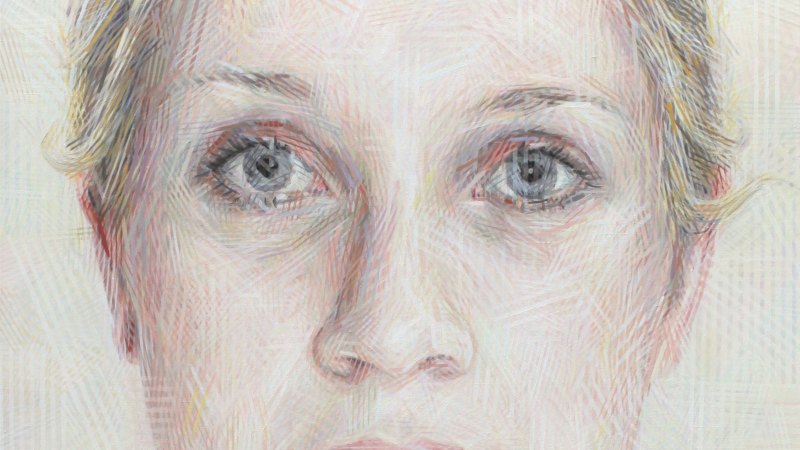Sally Robinson came from England at the age of eight, trading a childhood in Surrey for a life in the harsh Australian sunlight. She may not have had a language barrier to overcome, but the culture shock – or perhaps the weather shock – must have been profound. Eight is an impressionable age, a time when a child’s personality and preferences are finding forms that will stay with them for the rest of their life.
In the silk screen prints Robinson made in the 1970s and 80s one can still feel the impact of that childhood relocation. Although they depict relatively ordinary aspects of Australian life - birds and animals, the beach, the desert, suburban pastimes – these works are so bright and colourful that they feel unnatural, as if the artist has dialled up the intensity beyond the point where most of us feel comfortable. Sally Robinson’s Beach Crossing.

It’s these dazzling, eye-catching prints that made Robinson’s reputation at a time when the medium was allowed a more prominent role in local contemporary art, largely because of the political poster movement. But while her peers were creating large-edition, militant statements about women’s liberation, Aboriginal land rights, anti-nuclear campaigns and workers’ solidarity, Robinson was cramming her pictures with images of leisure and local wildlife. The political posters still look great, but they have become time capsules, forever welded to the issues of the day.
They document the history of movements that h.
















